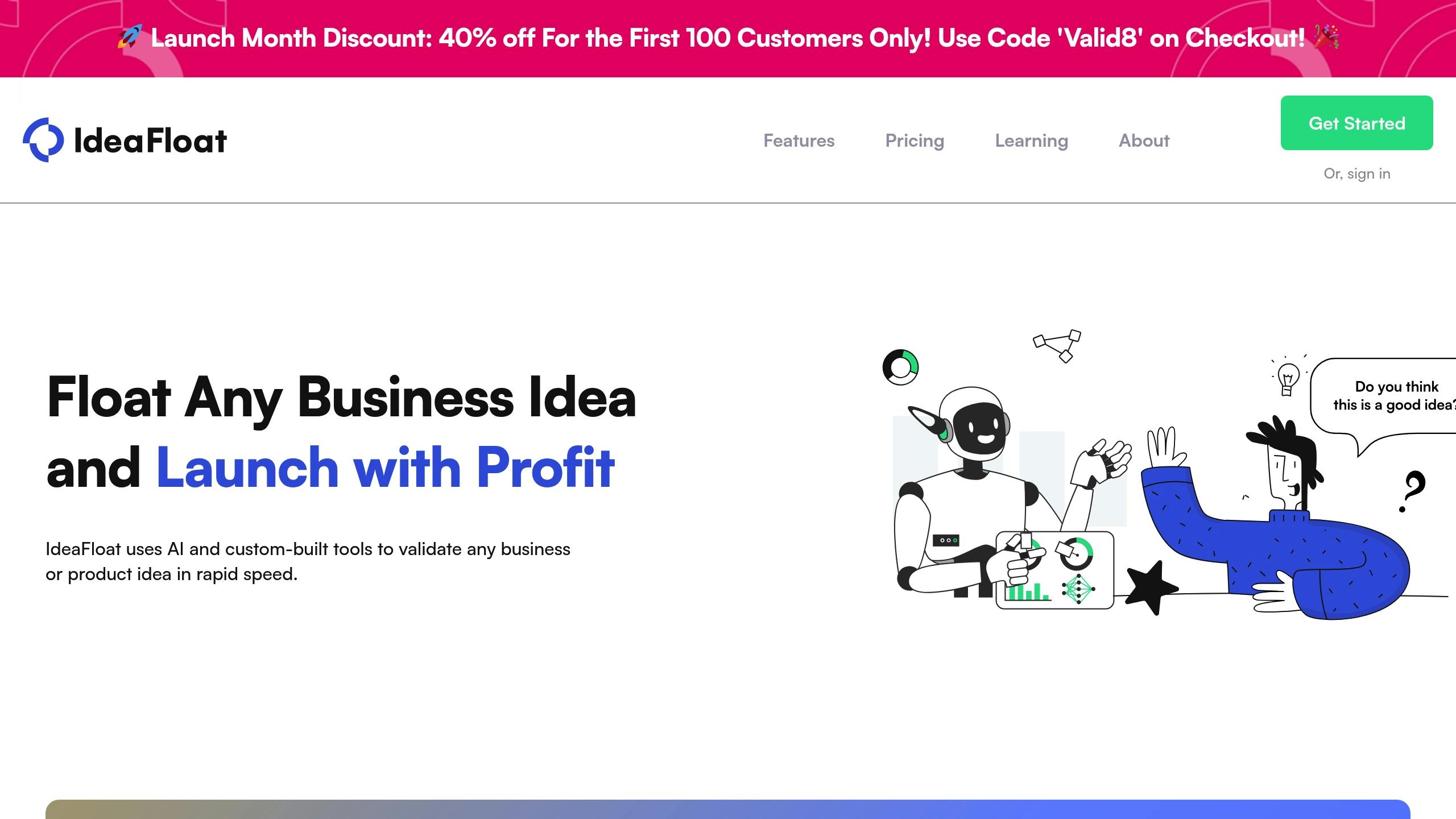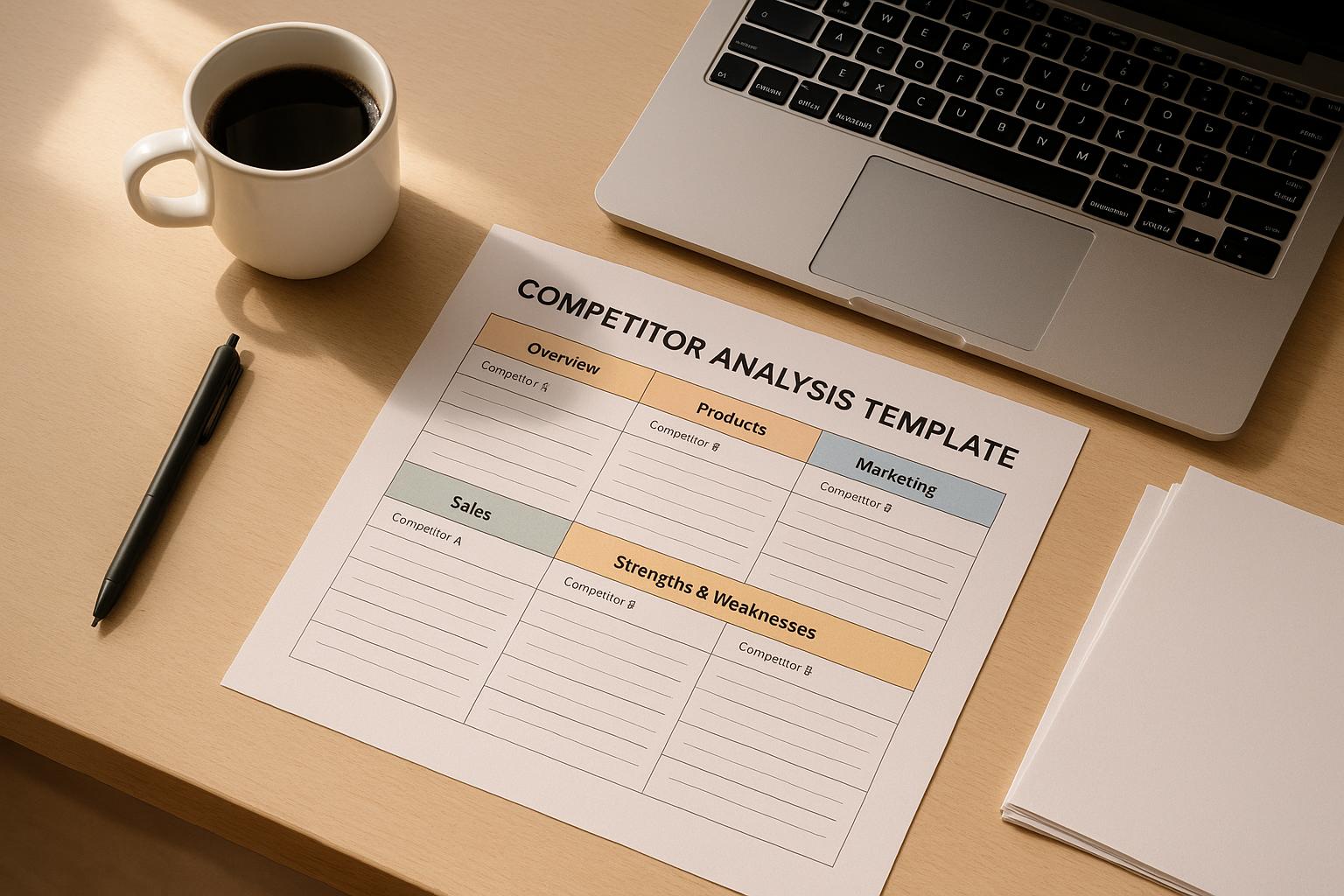
Starting a business? Beware of hidden costs that can derail your plans. Many entrepreneurs budget for obvious expenses like rent and salaries but often overlook less visible costs. These can quickly drain your resources and hurt your bottom line.
Here are five common hidden costs to watch out for:
- Permits & Licenses: Fees can range from $10,000 to $100,000, depending on your industry.
- Legal & Compliance: Early-stage legal expenses often cost $10,000 to $75,000.
- Employee Costs: Taxes, benefits, training, and equipment can add 25%-40% to an employee's base salary.
- Marketing: Acquiring customers can cost more than expected - SaaS companies spend an average of $380 per customer.
- Technology & Equipment: Costs for tools and systems can range from $600 to $300,000.
Key takeaway: Plan thoroughly for hidden costs using tools like IdeaFloat's Startup Cost Generator to avoid surprises and maintain financial stability.
10 Reasons Why Your Small Business Will Fail - and How To Avoid These Tragic Mistakes
5 Major Hidden Business Costs
Starting a business comes with unexpected expenses that can catch even the most prepared entrepreneurs off guard. Below are five categories of costs that often surprise new business owners.
Permits and License Fees
Getting the right permits and licenses can be pricier than anticipated. For instance, restaurant owners may need to secure everything from basic business permits to specific licenses for food service, alcohol sales, and even music rights. These fees can add up quickly, ranging anywhere from $10,000 to $100,000.
Legal and Compliance Expenses
Legal fees are another area where costs can spiral. For startups - especially in tech - expenses like compliance setup, contract reviews, and intellectual property protection pile up fast. On average, legal services during the early stages cost between $10,000 and $75,000, with higher costs for businesses navigating complex regulations or international markets.
The Real Cost of Employees
Hiring employees involves much more than just their salaries. When you factor in taxes, benefits, training, and equipment, the total cost per employee can be 1.25 to 1.4 times their base pay. Here's a breakdown:
| Expense Category | Typical Additional Cost |
|---|---|
| Payroll Taxes | 15-20% of base salary |
| Benefits | 20-30% of base salary |
| Training | 5-10% of base salary |
| Equipment & Software | $2,000-$5,000 per employee |
Marketing and Customer Costs
Acquiring customers often costs more than expected. For example, SaaS companies spend an average of $380 per customer on acquisition. Budgeting for digital ads, content creation, marketing tools, analytics, and brand development is essential to avoid surprises.
Tech and Equipment Expenses
Technology and equipment are major cost drivers. A basic point-of-sale system starts at around $600, but more advanced setups can cost several thousand dollars. For restaurants, equipment costs can range from $100,000 to $300,000. These expenses can quickly eat into profits, so planning ahead is crucial. Tools like IdeaFloat's Startup Cost Analyser can help you estimate these costs for your specific industry.
4 Business Stories: Hidden Cost Lessons
These real-life examples show how unexpected expenses can disrupt business plans. Each story highlights a specific challenge and the importance of carefully forecasting costs.
Restaurant's Licensing Fee Shock
Sarah Chen dreamed of opening an Asian fusion restaurant in downtown Seattle. However, her plans hit a snag when licensing fees turned out to be much higher than expected. Costs for liquor, music, and health permits quickly added up, requiring her to secure extra financing. To recover, Sarah negotiated extended payment terms with vendors and adjusted menu prices to stabilize her profits. This story shows how underestimated permit costs can strain a business.
Tech Startup's Legal Expense Struggles
TechFlow, a SaaS startup in Austin, faced a financial crunch when legal expenses spiraled out of control. Compliance, contract reviews, and intellectual property protection cost far more than anticipated. Founder Marcus Rodriguez turned to IdeaFloat's business tools to reorganize their legal budget. By handling routine legal tasks in-house, the company reduced ongoing expenses significantly. This example highlights the need for smart legal cost management.
Payment Processing Challenges at Michelle's Boutique
Michelle Torres, owner of a fashion boutique in Los Angeles, discovered that payment processing fees were eating into her profits. Her initial estimates were far too low, putting pressure on her margins. To address this, Michelle introduced a minimum purchase requirement for credit card payments and negotiated better rates with her payment processor. Her experience shows how transaction fees can affect retail businesses.
Insurance Costs for James's Consulting Firm
James Patterson ran a management consulting firm in Chicago and was caught off guard by insurance costs. His original budget didn’t account for the enhanced coverage a potential client required. To solve this, James worked with an insurance broker to bundle policies, saving money while meeting coverage needs. This case demonstrates the importance of planning for comprehensive insurance requirements.
sbb-itb-08dd11e
How to Prevent Hidden Cost Problems
Planning for costs effectively can help you steer clear of financial surprises. Here are some practical strategies to predict and manage expenses.
Cost Prediction Methods
Tools like IdeaFloat's cost analyzer can help businesses create detailed expense forecasts by identifying both obvious and hidden costs. For example, its Startup Cost Generator categorizes expenses, making it easier to spot potential surprises - like an unexpected licensing fee.
Legal Cost Planning Guide
Legal expenses can vary greatly, so it's important to plan ahead. For instance, licensing fees can range from $100 for basic registrations to $300,000 for specialized permits. Here's a breakdown to guide your planning:
| Legal Expense Category | Budget Range | Key Considerations |
|---|---|---|
| Business Registration | $100 - $500 | State and local requirements |
| Industry Licenses | $1,000 - $300,000 | Permits specific to your sector |
| Professional Services | $20,000 - $50,000 | Legal advice and compliance |
| Insurance Coverage | $2,000 - $10,000/year | Depends on industry risks |
Employee Cost Management
Employee expenses go far beyond just salaries. Consider costs like benefits, training, and taxes. Regularly reviewing these expenses and using management tools can help you keep them under control.
IdeaFloat Cost Planning Tools

IdeaFloat offers tools designed to improve financial planning. The Startup Cost Generator provides a detailed breakdown of initial expenses, while the Breakeven Analysis tool helps determine when your business might become profitable. By combining market research with industry-specific data, these tools can help businesses create more accurate financial projections and maintain better cash flow, especially in the early stages.
Summary of Key Points
Hidden costs - like licensing fees, legal expenses, employee overhead, and tech-related spending - can throw off even the best-laid business plans. These often-overlooked expenses can surprise new ventures and strain budgets.
By examining real-world examples and applying practical cost management strategies, it becomes clear that careful planning and the right tools are essential to avoid financial surprises. Accurate forecasting and routine financial reviews can go a long way in keeping hidden costs under control.
Action Steps
Take these steps to protect your business from unexpected expenses:
-
Analyze Your Costs Thoroughly
- Use tools like IdeaFloat's Startup Cost Generator to uncover hidden expenses.
- Account for total employee costs, including benefits and onboarding.
- Double-check industry-specific permit and licensing requirements.
-
Set Up Financial Safeguards
- Keep extra funds on hand for unplanned costs.
- Conduct regular financial reviews to stay on top of your budget.
- Use IdeaFloat's Breakeven Analysis tool to set achievable profit goals.
-
Create a Risk Management Plan
- Develop a checklist to ensure legal compliance.
- Track all recurring costs and identify variables that might fluctuate.
- Compare your customer acquisition costs with industry standards.
With solid financial planning and active cost monitoring, your business can avoid hidden pitfalls and stay on track. Tools like IdeaFloat's cost planning suite can help you stay prepared and build a strong foundation for growth.
Related Blog Posts
Get the newest tips and tricks of starting your business!


